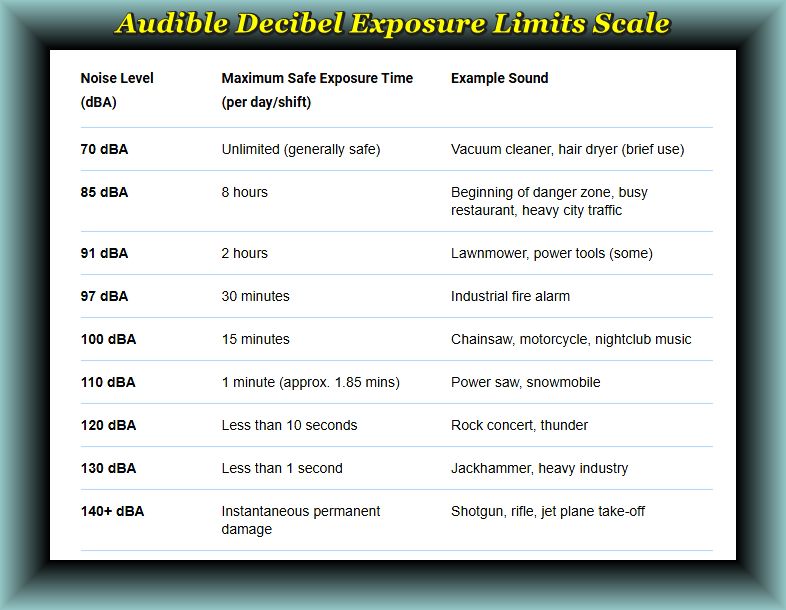Whatever LPS you choose if upgrading, here are some connectors and cable options, my friends and I have used with success. Connectors for amp shown here $17 plus tax on Amazon. They have the simple option of using either banana plugs, or soldering wire directly to them.
https://www.amazon.com/gp/product/B0B7DD1P11/ref=ox_sc_act_title_1?smid=A25OSEB7LF3TDT&psc=1Here is a link for a 5.5 mm x 2.5 mm DC barrel.
https://www.amazon.com/Viborg-DC25G-Connectors-Gold-Plated-Barrel/dp/B09L4TCTS5?th=1Based on extensive listening experiences between my friends and I, with all our different Acopian models used, we haven’t experienced any EMI issues. A nice feature Acopian incorporates with their regulated linear supplies, galvanic isolation, which assist with reduction of EMI issues.
With interconnects, were using 1/2 meter length’s wire interconnects, between our 5.5 mm x 2.5 mm DC barrel plugs, going to our Acopian LPS’s. Our AC Wall outlet cables are 2 meters in length as well.
You can use these very reasonably priced Spade connectors between the Acopian LPS and the A5, as well as the AC Wall plug cable going to the Acopian LPS too.
https://www.amazon.com/Copper-Speaker-Connectors-Locking-Connector/dp/B07MPMJRY1/ref=sr_1_1_sspa?crid=2NQL9ZAXL4HS7&dib=eyJ2IjoiMSJ9.VVCSOwnpim044eLWLptqV8Vdg0C3MFfrA0MmemwiNaurui8I50kK1gcEsmxi-P68pHHt70l5mv-XgLqWoMplbOrGMbvHEOoov_kwnRkfhzB1gzJTe-TzlQW0riQ01f38-neUVin5A1mZiVEsKesQyn8aLNbcvcNyIDdz0SgGNGQMPgHKa0RS61Kh7nFdsOZvSIyLhGvpRyCHt5-m5MzCdMo68m661w4S1hErgX61GZI.C2YlLAVHG9rocIFSKBjH6RUaK35R-_6q0zdXlKWgeKs&dib_tag=se&keywords=viborg%2Bspade%2Bconnectors&qid=1762958513&sprefix=viborg%2Bspade%2Bconnectors%2Caps%2C115&sr=8-1-spons&sp_csd=d2lkZ2V0TmFtZT1zcF9hdGY&th=1Cabling wire? You have many options on the marketplace to choose from. Zip chord to sky’s the limit!
This is 16 strand OCC 7N Copper wire I personally use between my Acopian A48HT850 linear power supply and the A5's 5.5mm x 2.5 mm DC barrel plug. Its a nice quality wire, highly recommend. This is the link I used for my personal purchase.
https://www.aliexpress.us/item/3256807047639079.html?spm=a2g0n.detail.platformRecommendH5.8.28cfwN92wN92mm&gps-id=platformRecommendH5&scm=1007.18499.315613.0&scm_id=1007.18499.315613.0&scm-url=1007.18499.315613.0&pvid=d5f1a770-a408-491b-b0ea-17e91f60702e&_t=gps-id:platformRecommendH5,scm-url:1007.18499.315613.0,pvid:d5f1a770-a408-491b-b0ea-17e91f60702e,tpp_buckets:668%232846%238116%232002&pdp_ext_f=%7B%22order%22%3A%22120%22%2C%22eval%22%3A%221%22%2C%22sceneId%22%3A%228499%22%2C%22fromPage%22%3A%22recommend%22%7D&pdp_npi=6%40dis%21USD%2116.82%210.99%21%21%21119.09%216.97%21%402101d97817629695641737514ed841%2112000039902922754%21rec%21US%21%21ABXZ%211%210%21n_tag%3A-29910%3Bd%3Aa5eb23cf%3Bm03_new_user%3A-29895%3BpisId%3A5000000187461908&_universallink=1&m_page_id=qihiuxznawcaaczj19a792c52bd2a81c09da7ac731Noticed they are selling these connectors cheap too.
https://www.aliexpress.us/item/3256806002157505.html?spm=oneshop.home.aeBusinessBuyAgainRecommend.3.2e047f6bw10fIq&skuId=12000036193551908&pdp_ext_f=%7B%22sku_id%22%3A%2212000036193551908%22%7D&aecmd=true&gatewayAdapt=glo2usa4itemAdapt_______________________________________
_______________________________________
_______________________________________
___________________
Since I'm a huge advocate of safety, I wanted to provide a "free sound pressure meter app" link for iphone users. The source is from the National Institute For Occupational Safety & Health. I wanted to share for all AC members, to use under any conditions you may encounter within your daily environment. Even if you have no need for the SPL meter app, perhaps the NIOSH website can provide additional education to serve you well.
Here is their link below:
https://www.cdc.gov/niosh/noise/about/app.html
_______________________________________
_______________________________________
_______________________________________
___________________
For an audiophile listening room, use C-weighted decibels to accurately measure output across all frequencies. Set the meter to "Slow" response and use a dial setting (like 70 dB) to accommodate your target listening level, which is typically around 75–80 dB for calibration. This setting provides a more accurate picture of the sound's overall energy compared to A-weighting, which artificially lowers the impact of bass frequencies.
General Step-by-step guide:Set weighting to C: Choose C-weighting, as it provides a flatter response across the frequency spectrum that better reflects human perception at higher volumes.
Set response to Slow: Select the "Slow" setting to smooth out fluctuations and get a stable average reading, especially when using a test tone like pink noise.
Set the range: Adjust the dB range on your meter to accommodate the expected levels, typically in the 70–90 dB range for speaker calibration.
Position the meter: Place the sound pressure meter at your primary listening position (the "sweet spot").
Measure each speaker: Play a test tone (like pink noise) and adjust each speaker's individual volume until the meter reads the same level for each channel. For example, calibrate the front left speaker to your target level first, then match all other speakers to that level.
Consider unweighted (Z-weighting) measurements: For a completely unadulterated measurement of the sound pressure, you can take a reading with Z-weighting (zero weighting) to see the raw output, but C-weighting is the standard for system calibration.